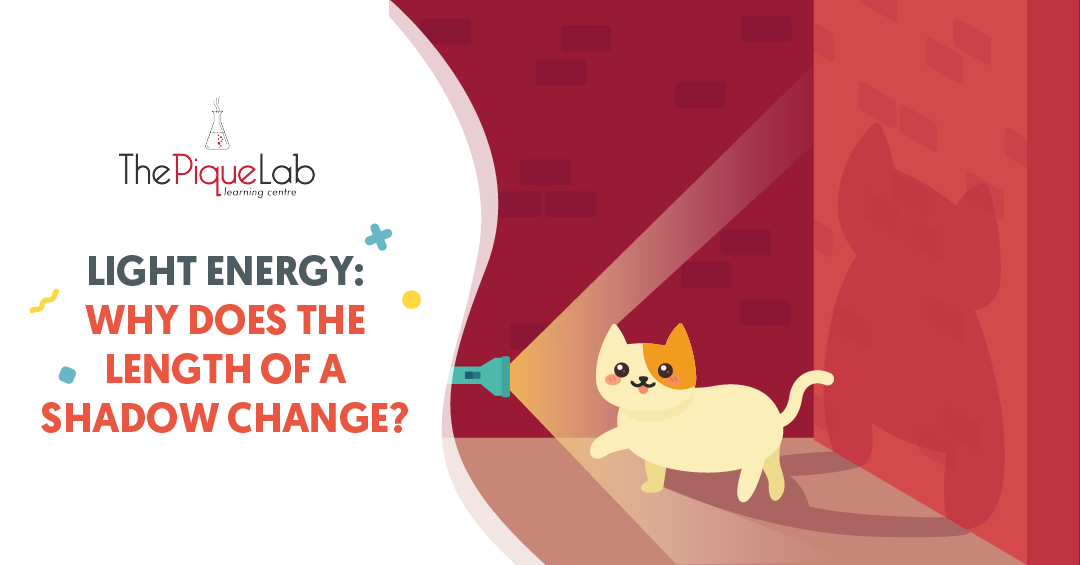Introduction
Have you ever wondered why hanging wet clothes in front of a fan or under the sun will make them dry faster?
In this article, we will be analysing a question on the topic of Water Cycle from the 2017 Tao Nan School (TNS) P5 SA2 Examination Paper and understanding how the water cycle can be observed in our everyday activities such as drying out wet clothes or touching wet objects.
We will also be learning the 4 factors of evaporation and how these affect the water cycle.
Let’s Take A Look At This Question

Source: Tao Nan School – 2017 P5 SA2 Examination Paper [Q36]
Read Also:
Let’s Analyse Part (A)

Source: Tao Nan School – 2017 P5 SA2 Examination Paper [Q36]
For part (a), the question is asking why spreading out the pants in Diagram 2 helps the pants to dry faster.
First of all, when we talk about drying the pants, which heat process are we talking about? Drying the pants involves the process of evaporation. In other words, the question is asking how spreading out the pants affects the rate of evaporation and causes the pants to dry faster.
Let’s do a quick recap on the factors of evaporation. There are four factors of evaporation.
📝 WHAT Are The Factors Of Evaporation? 📝
W stands for ‘Wind’.
H stands for ‘Humidity’.
A stands for ‘Area’.
T stands for ‘Temperature’.
When his mom tells Fedric to spread out the pants, what factor is affected? Spreading out the pants increases the surface area of the pants that is in contact with the surrounding air.
For the water to evaporate, the water needs to gain heat. However, since there is a larger area, the water gains heat faster from the warmer surrounding air and evaporates faster.
Suggested Answer For Part (A)
Spreading out the pants increases the exposed surface area of the pants in contact with the surrounding air, allowing the water in the pants to gain heat faster from the warmer surrounding air to evaporate faster.
Let’s Analyse Part (B)(I)

Source: Tao Nan School – 2017 P5 SA2 Examination Paper [Q36]
When talking about drying the pants even faster, do we want a faster or slower rate of evaporation of water? We want the water in the pants to evaporate even faster. How do we then increase the rate of evaporation?
We need to understand the current condition that the pants are in. Going back to the question, we know that (1) he did spread out the pants, and (2) he left the pants indoors to let it dry.
The question has instructed us to state another action. We cannot suggest spreading out the pants even further. We’re not going to mention anything about the Area anymore. That leaves us with the other three factors: Wind, Humidity and Temperature.

If we want to increase the rate of evaporation, what should we do to the presence or the speed of ‘Wind’? We should increase it or introduce the presence of wind.
We can do this by hanging the pants in a windy location or putting the pants in front of a fan. This will introduce the presence of wind in the surroundings. That’s one possible answer!
Let’s also look at ‘Temperature’. If we want the water in the pants to evaporate faster, do we want the surrounding temperature to be higher or lower? We want the surrounding temperature to be higher.
We can change the location of the pants. Instead of placing it indoors, we can bring the pants to a location where it is sunny.
Suggested Answers For Part (B)(I)
Action 1: Hang the pants under the sun.
OR
Action 2: Hang the pants in a windy location/in front of a fan.
Let’s Analyse Part (B)(II)

Source: Tao Nan School – 2017 P5 SA2 Examination Paper [Q36]
For part (b)(ii), we need to explain how the action in part (b)(i) helps the pants to dry faster. Earlier, we identified two possible answers: either by hanging the pants under the sun or placing the pants in a windy location.
How do we explain the first action? When under the sun, is the surrounding air warmer or cooler? The surrounding air is warmer.

When the surrounding air is warmer, will the water in the pants gain heat faster or slower? The water in the pants will gain heat faster from the warmer surrounding air to evaporate faster. That could be one possible explanation for part (b)(ii).
For the second possible action, we talked about wind. The presence of wind from the fan or the windy location can cause the water in the pants to also evaporate faster.
Suggested Answers For Part (B)(II)
Reason 1: Under the sun, the surrounding air is warmer. This causes the water in the pants to gain heat faster from the warmer surrounding air to evaporate faster.
OR
Reason 2: The presence of wind from the fan or windy location would cause the water in the pants to evaporate faster.
Let’s Analyse Part (C)

Source: Tao Nan School – 2017 P5 SA2 Examination Paper [Q36]
When you wear a wet T-shirt, does the T-shirt remain wet forever? No. Eventually, the water in the T-shirt would evaporate.
When talking about evaporation, does the water gain or lose heat to evaporate?
💧 Evaporation 💧
In the process of evaporation, water gains heat to evaporate.
For water to evaporate, it needs to gain heat from a warmer region. Next, we should be asking, “Which is the warmer region in this question: is it Fedric’s body or the surrounding air?”

For part (c), since we’re talking about Fedric feeling cold, the focus is on his warmer body. What happens is that water gains heat from his warmer body. When the water gains heat from his body, the water will evaporate.
How does that link to his body feeling cold? Take note, if the water gains heat from his body, his body also undergoes a heat transfer.
Does the body gain or lose heat to the water?
🔄 Body Heat Transfer 🔄
When water gains heat from the body, the body loses heat to the water.
Because the warmer body is losing heat to the cooler water, this causes him to feel cold after some time.
Suggested Answer For Part (C)
The water in the wet T-shirt gained heat from his body to evaporate, causing Fedric’s body to lose heat to the water and decrease in temperature, causing him to feel cold.
Conclusion
I hope that after reading this blog post, you’ve gained a better understanding of WHAT the four factors of evaporation are: Wind, Humidity, Area, and Temperature. You can apply what you learned today the next time you need to dry your clothes faster!
Check out our other articles on Water Cycle and continue to keep a lookout for more articles! 🙂

If you like our methodology, we've some upcoming workshops:







